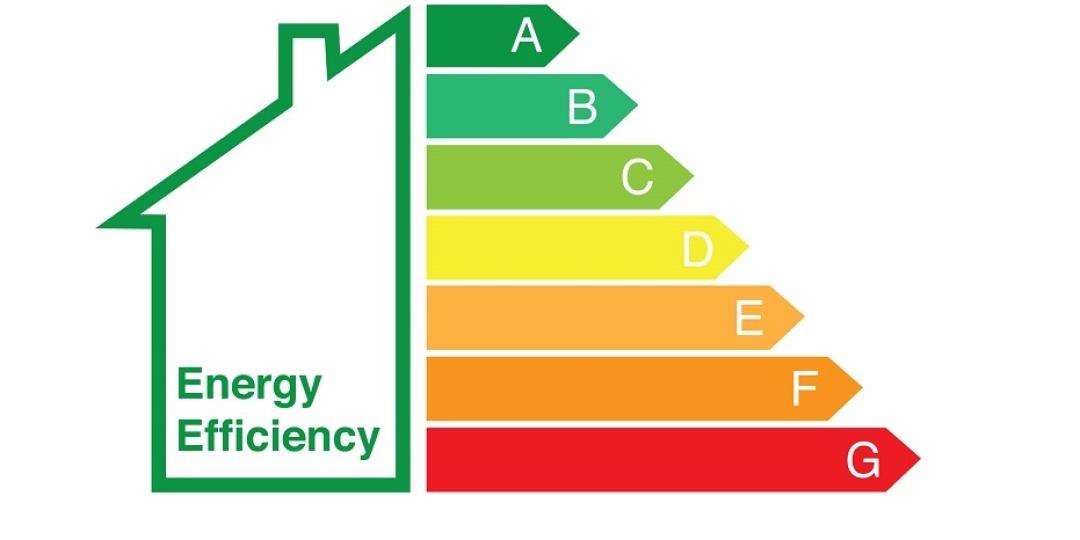by Ashanti Mogosetsi, SANEDI
In an effort to mitigate climate change and help move South Africa towards being a more energy-efficient nation, the South African National Energy Development Institute (SANEDI) encourages every individual to consider their household energy use.

South Africa is the highest greenhouse gas (GHG) contributor in Africa, and everyone has a role to play in changing this. There are easy ways for consumers to get on board with this initiative, in some cases, it’s as simple as reading a label.
Working with the South African Bureau of Standards (SABS) and National Regulator for Compulsory Specifications (NRCS), SANEDI has been mandated by the Department of Mineral Resources and Energy to implement the Energy Efficiency Standards and Labelling Programme which promotes consumer awareness through the energy efficiency labelling of appliances. These labels provide consumers with accurate and comparable information on the appliance’s energy efficiency performance.
Many consumers aren’t aware that these labels exist or what they communicate when they do see them, and this means that they aren’t empowered with the information they need to make the best purchasing decision.
Consumers stand to benefit from purchasing more energy-efficient appliances. Aside from the clear environmental benefits, a more energy-efficient appliance means more money in the pocket of the user, as less energy is consumed over the life of the appliance and the overall household energy bill is reduced. Appliances that are less energy intensive can also benefit low-income households that may rely on free basic electricity on a monthly basis – mostly households which consume between 350 and 450 kWh of electricity per month.
Efficient appliances can contribute to maximising the weeks and days in a month that low-income households are able to keep the lights on before needing to replenish the meter with additional units of electricity.
With the rapid pace of technological development, it can be difficult for consumers to remain informed of which appliances, brands and models are more energy efficient. The Energy Efficiency Standards and Labelling Programme aims to educate consumers and visualise the energy consumption through the prominent display of informative and easy-to-understand labels on appliances, so that they can easily make informed decisions. Consumers need to be aware that these energy efficiency standards exist and that they are important in terms of achieving our energy efficiency goals as a country.
South Africa is the world’s 14th largest global emitter of greenhouse gases, with high CO2 emissions due to our country’s heavy reliance on coal for the generation of energy. While renewable energy initiatives are vital for the future of our country, it has been estimated that by improving the efficiency of appliances, a reduction of 6 million tons of CO2 emissions can be achieved for the country by 2030.
Through the Energy Efficiency Appliance Standards and Labelling Programme, government hopes to eventually remove inefficient electrical appliances and equipment from the South African market and encourage the adoption of energy efficient technologies.
Appliances for which the display and use of the South African Energy Efficiency Label is compulsory include washer-dryer combinations, washing machines, tumble dryers, electric ovens, fridge-freezer combinations, freezers, electric water heaters (geysers), fridges, dishwashers, air-conditioners, and TV and audio-visual equipment (these do not need to display a label but must have a standby power usage of less than 1 W, and 3 W for set-top boxes). A number of additional products are in the pipeline to be included in this initial basket of appliances in the short term, increasing the ability to lessen the negative energy and environmental impacts referred to above.
Contact Barry Bredenbach, SANEDI, Tel 011 038-4302, barryb@sanedi.org.za















